Crushing a Can, melting ice, cutting paper, Grinding Coffee Beans, Cutting Fruit, Bending a Wire, Hammering a Nail, and chopping wood are some common examples of physical change.
Examples of Physical Change
Here are the 15 examples of physical changes:
1: Crushing a Can
Crushing an empty aluminum soda can is an example of a physical change. The can starts as a cylindrical prism shape. When crushed, the can changes shape and becomes more flattened and compacted. However, the composition of the crushed can is still aluminum metal. It remains the same elemental aluminum atoms, just rearranged into a different physical shape.
Experiment: Place an empty soda can on the ground and step on it with your foot or press down on it with your hands using force. The can will change from its original cylindrical shape into a compacted, crushed form.
Have students observe that even though the shape changed, the can is still made of aluminum metal.
2: Cutting Paper
Cutting a piece of paper in half with scissors is a physical change. The original sheet of paper is now two separate smaller pieces, but they are still paper. The composition and material properties remain unchanged. Cutting just separates the paper into smaller portions. The cellulose fibers that make up the paper are the same before and after cutting.
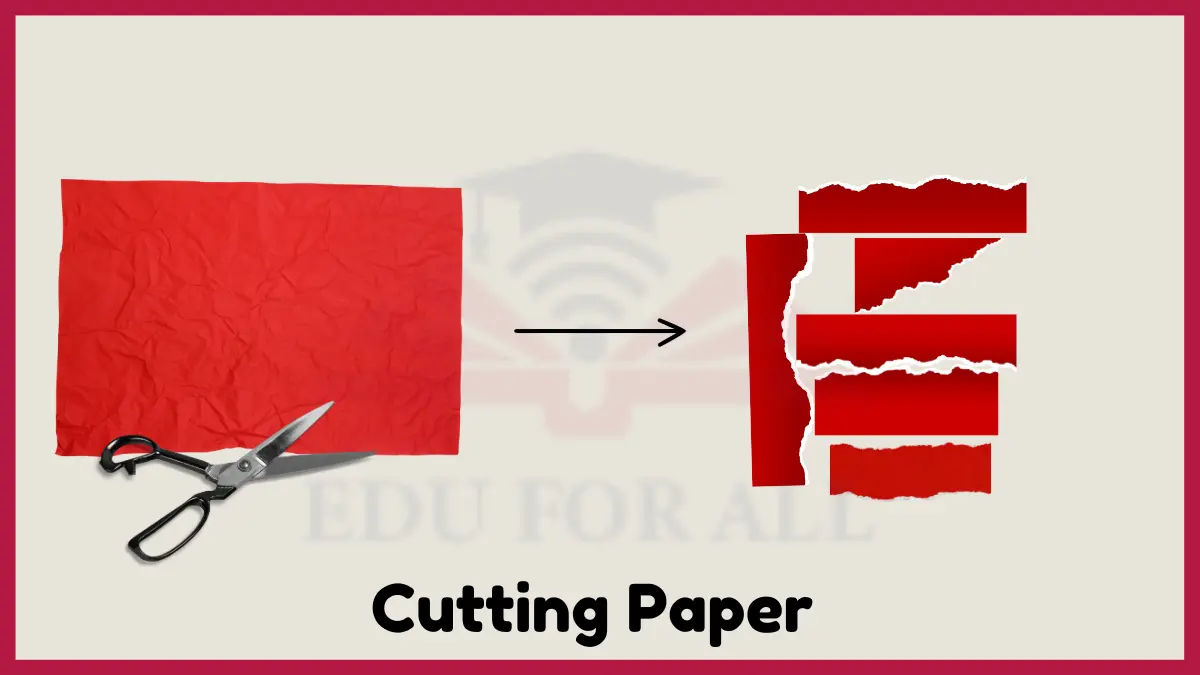
Experiment: Take one sheet of paper and cut it in half by using scissors. Note that while the shape and size changed, the material in each half is still just paper. The halves could be taped back together to return it to its original state.
3: Grinding Coffee Beans
Grinding whole coffee beans into a fine powder is a physical change. Whole beans have a large granular size and hard texture. When ground, the beans become a fine powder with a smooth, soft texture. The composition remains coffee bean particles, just much smaller. Grinding only changes the physical characteristics, not the coffee’s chemical identity.
Experiment: Use a mortar and pestle to grind a handful of whole coffee beans into a powder. Observe and feel that the ground beans are still the same dry, brown coffee material, just smaller in size.

4: Melting Ice
Melting ice into liquid water is a physical change because it is only a change in physical state, not composition. The water molecules remain H20 but move freely when ice melts. If the water is refrozen, it returns to the solid ice state. Melting and freezing change the rigid structure of ice but not its chemical identity.
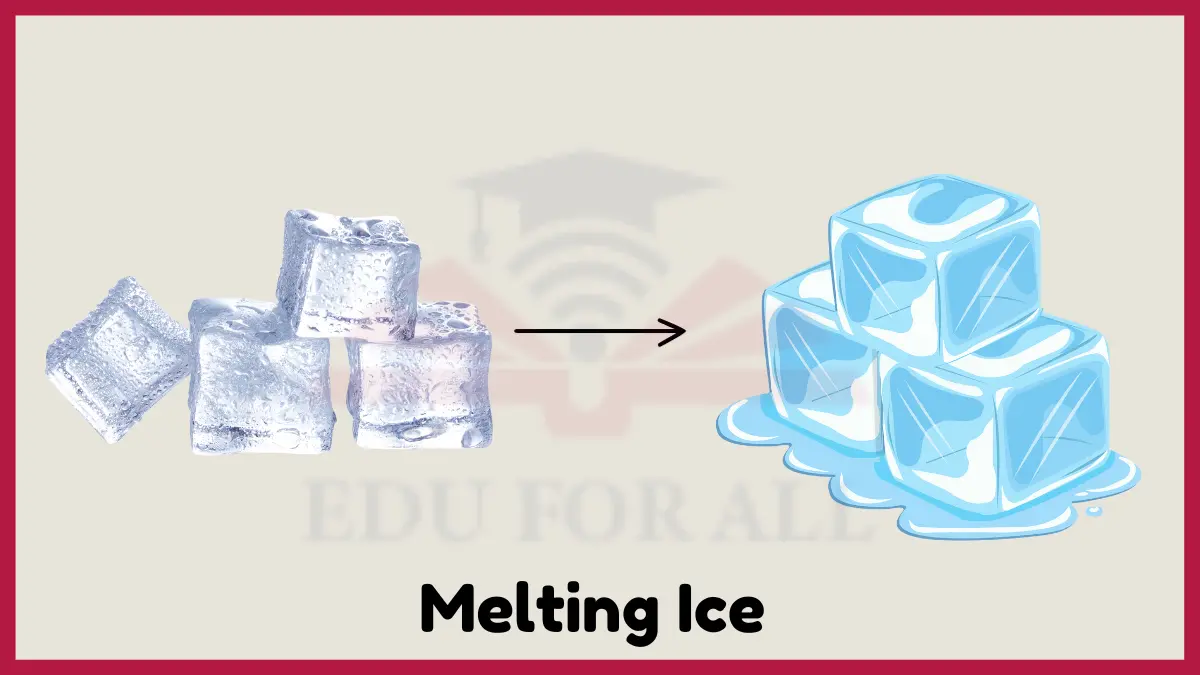
Experiment: Place an ice cube on a plate in direct sunlight. Have students observe it slowly melting into liquid water. They can touch the liquid water and see that although the physical state changed, it is still the same water.
5: Cutting Fruit
Chopping an apple into slices is an example of a physical change. The apple started as an intact fruit. When sliced, there are multiple smaller apple pieces. However, the composition and taste is still the same sweet, juicy apple. Cutting only separated the fruit into smaller portions without changing its chemistry.
Experiment: Slice an apple into pieces. Taste and observe that the pieces remain juicy, sweet apple portions. The smaller parts can be put back together to reform the original apple shape.
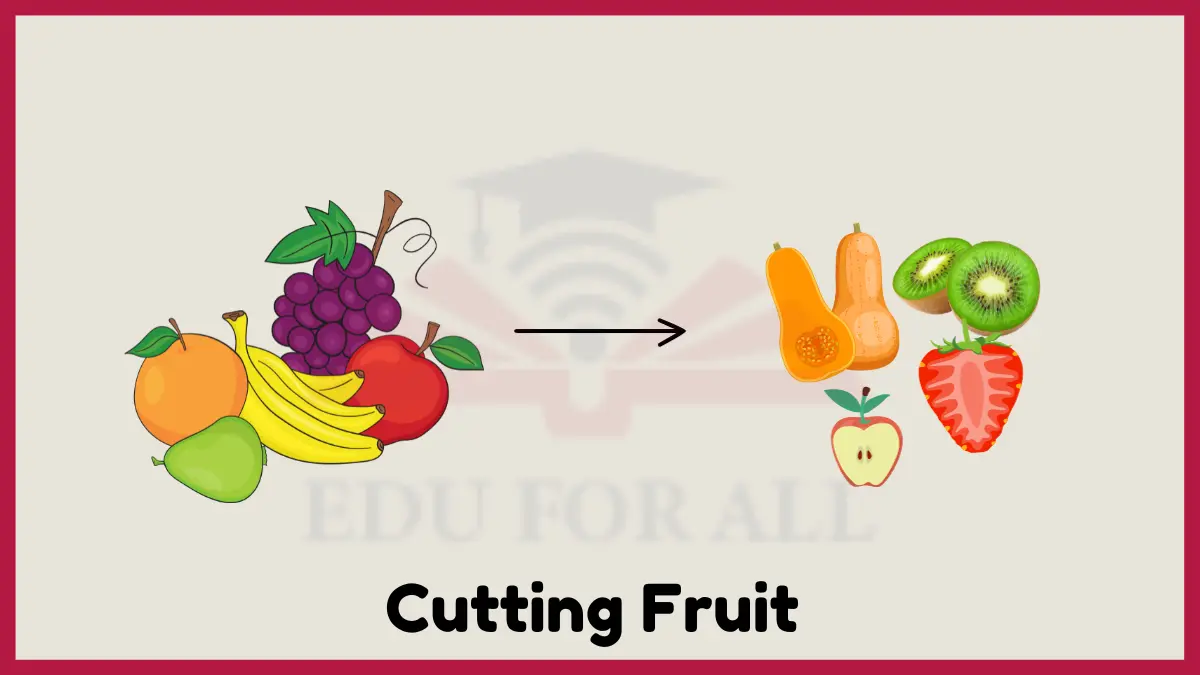
6: Bending a Wire
Bending a wire, such as a paper clip or coat hanger, is a physical change. The wire starts straight, then can be bent into different shapes like curves, spirals or angles. The same wire can be bent back into its original straight shape since only physical bonds were effected. Its composition remains iron metal.
Experiment: Take a paper clip and bend it into a spiral shape. Then, bend it back into the original straight paper clip shape. This shows how the process is fully reversible.

7: Boiling Water
Boiling liquid water into water vapor is a physical change. Although its physical state changes from liquid to gas, the vapor is still H2O water molecules. If the gas is cooled, it will condense back into liquid water. Water remains the same chemistry regardless of its state of matter.
Experiment: Boil some water and collect the steam vapor that comes off by running it through a cooled glass tube. Show students that the steam condenses back into liquid water when cooled.
8: Dissolving Salt
When salt crystals dissolve into water, they are not chemically altered. The salt forms a mixture with the water, dispersing its ions throughout, but the ions remain sodium chloride. Evaporating the water allows the salt to be recovered in its original form, showing this is a physical change.
Experiment: Add some table salt to water, stirring until it fully dissolves. Allow the water to fully evaporate in a dish, showing the same salt crystals remaining behind.
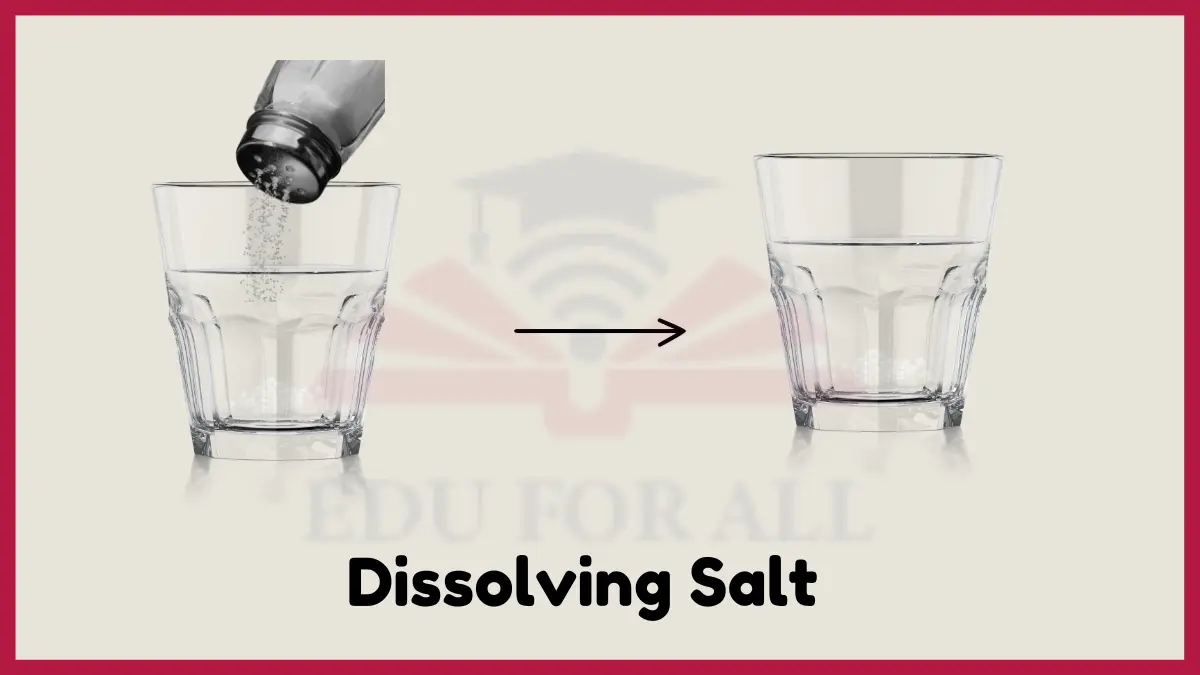
9: Hammering a Nail
Hammering an iron nail into a board is a physical change. The nail starts long and thin. Hammering makes it shorter and flatter against the wood surface. However, the nail remains iron metal throughout. Only its shape changes, not its elemental composition.
Experiment: Use a hammer to flatten a nail against a piece of wood. Show students that the elemental makeup remains iron, only the shape has been altered by the hammer blows.
10: Chopping Wood
Chopping firewood splits logs into smaller pieces but does not change their material. Logs are composed of wood cellulose fibers. When chopped, the fibers are separated but remain wood. Chopped firewood can be reformed such as restacking split logs.
Experiment: Take wooden sticks and split them like Lincoln Logs. Then restack the pieces to show the process can be reversed, demonstrating a physical change.

11: Rolling Play-Doh
Rolling Play-Doh out flat using a rolling pin is an example of a physical change. The Play-Doh starts as a ball or lump. When rolled, it flattens and takes on a thin, pancake shape. However, its composition remains a pliable putty material throughout.
Experiment: Take a ball of Play-Doh and use a rolling pin to flatten it into a pancake shape. Then roll it back into a ball to demonstrate the reversible physical change.

12: Crushing Chalk
Crushing a piece of sidewalk chalk into a fine powder is a physical change. The chalk starts as a large solid stick. When crushed, it breaks into many tiny pieces in powder form. However, the composition remains calcium carbonate before and after crushing.
Experiment: Use a mortar and pestle to crush a large piece of chalk into a fine powder. Observe that only the size and shape changed, not the makeup of calcium carbonate.
13: Stretching a Spring
Stretching or compressing a coil spring is a physical change. The spring starts in a resting position, then can be stretched or squeezed shorter. When released, it returns to its original shape and size. Only temporary physical distortions occurred from the force applied.
Experiment: Take a spring and stretch and compress it with your hands. Release the force and observe the spring regain its initial shape, demonstrating the reversible change.
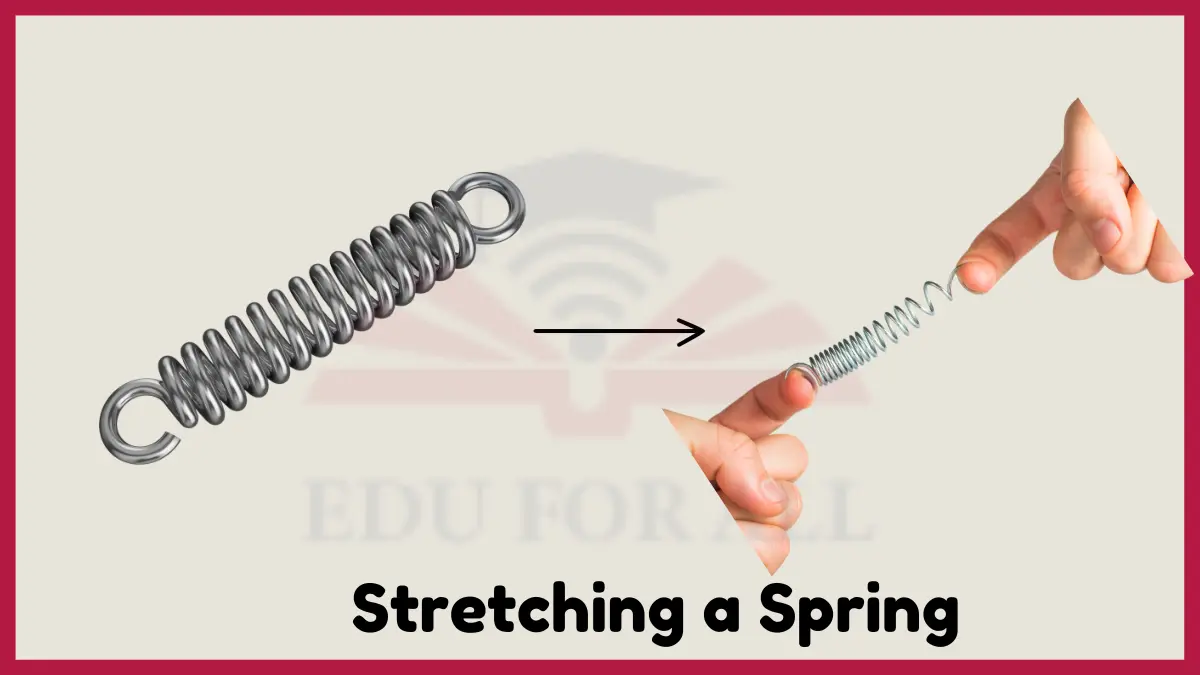
14: Folding Paper
Folding a sheet of paper into an airplane shape is a physical change. The paper starts flat, then can be reformed into a new shape by folding. Unfolding it returns the paper to its original shape, proving its composition was unaffected.
Experiment: Take a flat piece of paper and fold it into the shape of an airplane. Unfold the paper to show students that it is the same as it started.
15: Chewing Gum
Chewing gum is an example of a physical change. The gum starts in a solid, rubbery state. As you chew, it softens and takes on a stringy texture but remains a pliable plastic polymer material. It can be reshaped back to its original form.
Experiment: Have students take some gum and chew it to demonstrate how chewing just alters its physical texture, not its composition. Then reform it back into its original shape.

